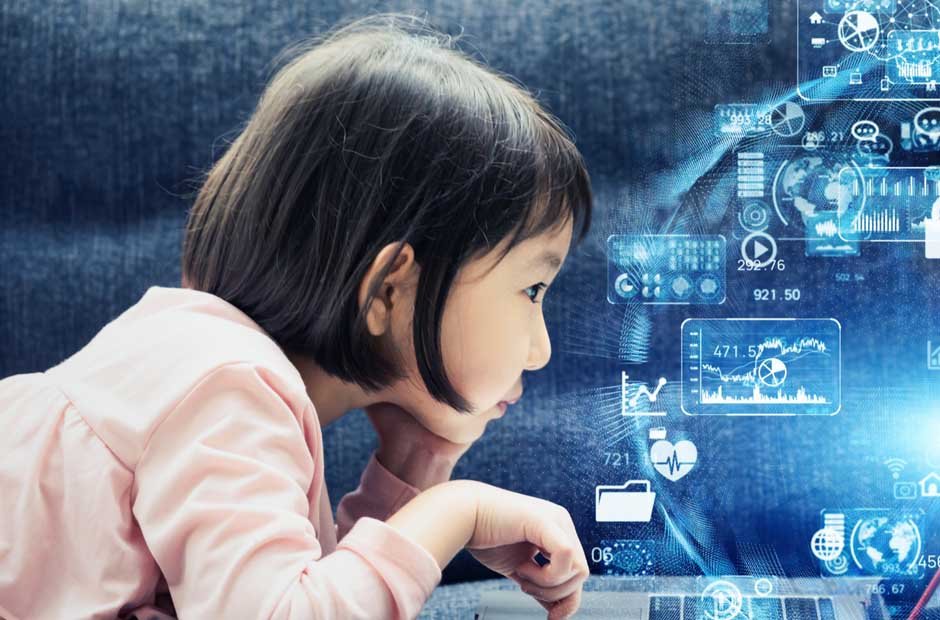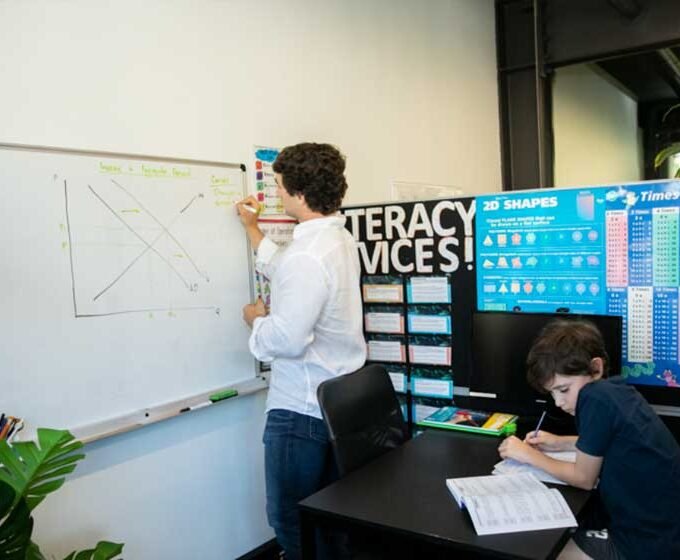The rate at which education is changing in today’s quick-paced society is unprecedented. The way we study and teach is changing as the 21st century goes on due to societal changes and technology improvements. This article explores the top future trends in education, highlighting how these innovative approaches are revolutionizing the learning landscape.
Also, you can ask someone to write my assignment for me, if you are unable to finish your projects or assignments on time. Numerous online tools, such as Brainly, Chegg, and Scholarly Help, are available for academic support.
Top Future Trends in Education
Let’s delve into the top future trends in education, exploring innovative concepts, technologies, and methodologies that are poised to shape the future of learning.
1) Personalized Learning: Tailoring Education to Individual Needs
One of the most promising future trends in education is personalized learning. With the use of technology, this method takes into account the distinct strengths and weaknesses of each learner, enabling independent learning. The identification of unique learning patterns and provision of customized content to enhance the learning experience are made possible by adaptive learning platforms, data analytics, and AI-powered tools.
2) Virtual and Augmented Reality: Transporting Education Beyond the Classroom
The experience of being in a regular classroom is changing as a result of virtual and augmented reality. Through the use of realistic simulations and interactive 3D settings, these immersive technologies help students better learn difficult concepts. VR and AR have the power to engage students and improve learning in a variety of ways, including virtual field trips, historical sites, and performing science experiments in a simulated lab. In education and training, highest resolution VR headsets offer unique advantages over traditional methods providing an interactive and immersive learning environment that fosters active participation and engagement, enhancing knowledge retention and skill development.
3) Gamification: Learning through Play
Gamification is one of the top future trends in education. It incorporates gaming elements into the educational process, making it more enjoyable and rewarding. Students are encouraged to remain involved and motivated by introducing game-like elements like points, badges, and challenges. Gamified learning increases students’ problem-solving abilities, critical thinking, and teamwork.
4) Artificial Intelligence in Education
The education industry is undergoing a change thanks to artificial intelligence, which is reducing administrative work, automating exams, and enhancing learning opportunities. Chabot’s that are driven by AI are helping students with their questions and offering immediate support. Additionally, AI-driven algorithms analyze data to find trends, assisting educators in efficiently modifying their teaching techniques.
5) Internet of Things in Educational Institutions
The way educational institutions function is changing as a result of the Internet of Things, making it an essential component of future trends in education. IoT-enabled smart campuses improve security, automate repetitive operations, and improve the learning environment. Through connected devices, students and teachers can access important information and resources, promoting a seamless learning environment.
6) Mobile Learning: Knowledge at Your Fingertips
Mobile learning is becoming incredibly popular as smartphones and tablets become more and more common. By removing time and location restrictions, educational apps and mobile-friendly platforms provide anytime, everywhere access to instructional content. This pattern promotes lifelong learning and gives students the freedom to study whenever it suits them.
7) Project-Based Learning: Applying Knowledge to Real-World Situations
Students are encouraged to use their academic knowledge to solve real-world issues through project-based learning. The development of important abilities like research, teamwork, and creativity occurs when students work on practical projects. With this strategy, concepts are fostered at a deeper level, and students are equipped to face real-world problems outside of the classroom.
8) Green Education: Sustainability and Environmental Awareness
In response to the global climate crisis, future trends in education are turning towards eco-friendly practices and sustainability-focused curricula. Students are given environmental awareness through green education, which encourages them to care for the environment.
9) Online Credentials and Micro learning
Online credentials and micro learning are on the rise as a result of the demand for flexible learning options. Learners can efficiently acquire specialized abilities by taking brief, concentrated courses. The significance of these credentials in the labor market encourages lifelong learning and ongoing professional growth.
10)Block chain in Education: Enhancing Credentials and Security
As a disruptive technology, block chain is making its way into future trends in education by offering a decentralized and secure system for verifying academic credentials. Block chain guarantees the validity of academic records and certifications by supplying a safe and transparent mechanism. The recruitment procedure for employers is made simpler by this trend, which is gaining pace and lowers the risk of fake credentials.
11)Multilingual Education: Embracing Linguistic Diversity
Multilingual education is gaining importance in today’s globalized society. This pattern encourages language fluency in several languages while recognizing the cultural diversity of students. Additionally, to improve communication, multilingualism also provides access to a wide range of cultural experiences.
12)Mindfulness and Well-Being in Education
In the contemporary educational system, it is crucial to promote mental health and wellbeing. Students can better manage stress, develop emotional intelligence, and increase resilience by incorporating mindfulness techniques and wellness programs. Positive effects on academic achievement and general happiness are produced by a mentally healthy learning environment.
13)Robotics and Automation in the Classroom
The classroom introduction of robotics and automation introduces pupils to cutting-edge technology and its uses. Learning about robotics fosters creativity, problem-solving skills, and a practical comprehension of engineering ideas. Students develop their interest in science and technology by designing, building, and programming robots.
14)Hybrid Learning Models
Hybrid learning model adoption was accelerated by the COVID-19 pandemic. Even under difficult conditions, learning may be flexible and continuous by combining traditional classroom education with online components. With hybrid learning, face-to-face interaction and online resources are balanced. Combining traditional classroom settings with online resources, is becoming a cornerstone of future trends in education.
15)Collaboration and Global Connectivity
Collaboration between students and educators all across the world has been made easier by technological advancements. Cross-cultural interactions and global collaboration are made possible by virtual classrooms and video conferencing technology. Global networking increases empathy, cultural awareness, and a wider perspective on global challenges.
Conclusion
The future trends in education are exciting and full of possibilities. A meaningful learning experience can be created by students, instructors, and institutions by embracing these leading education future trends.
We can create a better future for education and provide the next generation the skills they need to prosper by embracing technology, encouraging cooperation, and placing a priority on wellbeing.
FAQs
1. How will personalized learning benefit students?
Each student’s particular needs are met by personalized instruction, which gives them the freedom to learn at their own speed and concentrate on the topics that need it most. This method improves comprehension and academic performance.
2. What role will virtual reality play in education?
Virtual reality will offer students realistic and engaging experiences that will help them better understand and retain knowledge about a variety of disciplines.
3. How can educators integrate gamification into their teaching methods?
By gamifying the learning process, educators can make it more entertaining and inspiring for students. Educational activities, tests, and reward schemes are all effective tools for this. It is one of the most promising future trends in education.
4. Will traditional classrooms disappear in the future?
Traditional classrooms will remain important even while internet education prospers. Both methods will be combined in blended learning models for a thorough educational process.
5. What skills will be crucial for students in the future job market?
Soft skills will be crucial in the future labor market since they are uniquely human and cannot be simply replaced by machines. Examples include communication, flexibility, and critical thinking.
















